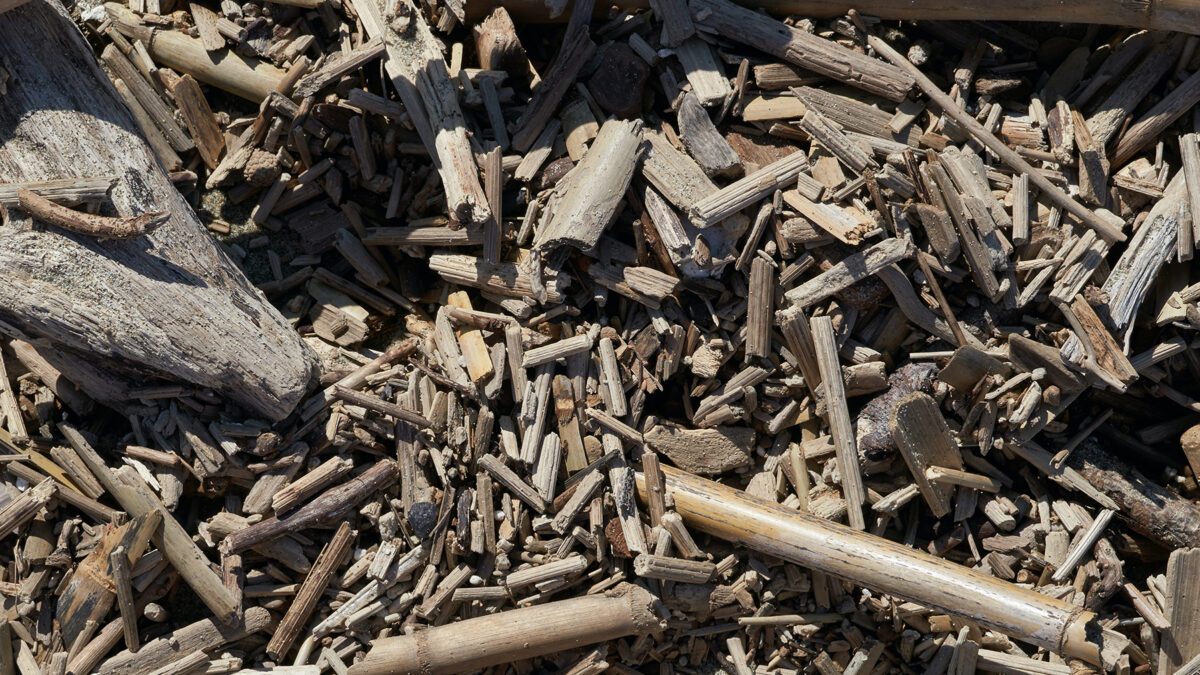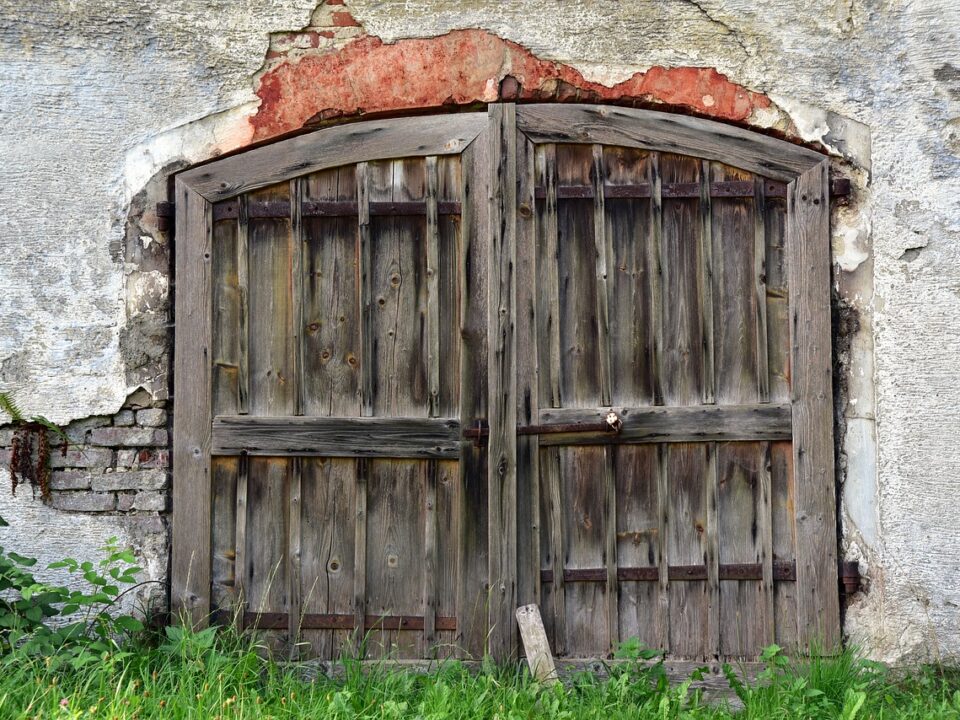Reclaimed wood has been through the mill (pardon the pun) and has weathered years of exposure and use. With that being said, reclaimed wood and the resulting furniture made with it will have plenty of character consisting of fractures, scrapes, scratches, and knots.
For details on how to appropriately take care of your reclaimed wood table check out this blog. While reclaimed wood might appear like a prolific source of wood reclaimed wood in itself is a finite resource. In the meantime, there are lots of old barns, factories, and warehouses that are no longer in use that provide loads of pine, oak, and sometimes chestnut that are perfect for custom-made wood tables and other customized furnishings pieces. But, how do you find it and what types are the best for furniture making?
Reclaimed wood is a unique option to give character to your home whether it remains in the kind of new-to-you wood floorings, a custom-made farm table, or maybe as an accent wall. There are numerous gorgeous choices from maple to white oak to walnut to cherry reclaimed timber. Research how each wood is utilized and what the qualities are so you have the ability to make the very best choice possible when planning uses for your reclaimed wood. Let’s answer that now.
Obtaining Quality Reclaimed Wood
In order to get the reclaimed lumber, it must be dismantled from its original place, effectively prepared and arranged so that it may be reused. If you are thinking about taking apart a barn on your own definitly consult a specialist who can assist you with figuring out the types of wood you’re dealing with and if it will be salvageable after the teardown. Also, take a look at the ring density of the wood to assist in identifying the quality.
What Type of Wood Do You Want?
Deciding you want solid wood furniture is quite simple. and environmentally sustainable. Once you make that choice, though, you’re confronted with a few other decisions. These are the fun concerns the ones connected to what you ended up furnishings piece will look like. The majority of these decisions are about individual preference. What color? How large? Which style? With all the various options, though, you may have some questions.
Take as an example. Costs begin at roughly $995 for knotty alder or rustic pine. For reclaimed wood or clear alder, the beginning rate increases to around $1250. The beginning price for tough maple, red oak, and hickory is about $1495. Black walnut is the most pricey, beginning at around $1750. So, obtaining the wood is an expensive endeavor in itself. You should have in mind the type of look you’re going for and then find wood with that aesthetic within your price range. If you want dark wood but can’t afford walnut, there are some rustic pine options that are darker than others.
Choosing your wood first with give you a much better idea of how much the table, or another piece of furniture, and wood materials you’re looking at would cost.
What Look Do You Want?
The wood texture, and therefore the texture of your furniture, is partially identified by wood type and partly identified by the surface. Softwoods, like pine, don’t have an extremely pronounced wood grain and there will be visible knots. If you desire more noticeable knots in a hardwood, select knotty alder. You can get all our woods with a smooth finish (though pine tables will have grooves between the boards). If you desire a rough, rustic texture you have two choices. You can either select rustic pine as your wood or have us distress the wood.
For hand-scraped distress, we take your chosen wood and scrape and/or hammer it to produce a more authentically rustic appearance. The natural colors of woods differ, and you can likewise customize the color of a lot of woods with discolorations. We provide four alternatives: natural color with a clear finish, special walnut stain, dark walnut stain, and ebony stain.
The super-smooth finish implies you can no longer feel the grain of the wood. Especially with our reclaimed wood pieces, it’s a pity to lose the intimacy of having the ability to touch and feel the wood itself. Also, there’s another downside to varnish and lacquers. They are susceptible to scratches, and when this kind of finish gets a scratch, the only way to repair it is to sand the entire table down and refinish the entire piece.
On the other hand, there are oils, such as tung oil, linseed oil, or danish oil. With an oil finish, nothing stands in between you and the beautiful wood of your table. You can feel the wood, and follow the grain with your finger. What’s more, using an oil finish makes it very easy to repair and scratches. The downside of oils is that oils do not seal the wood, so any spill or mark can permeate the wood, staining or damaging it. Again, this indicated continuously retouching and spot sanding the table. This was a problem for us.
They’re simply too gorgeous to color! You can see images of what our woods appear like with different discolorations. We likewise offer unfinished tables for clients who desire to stain and/or complete their tables themselves. If you’re ready to order a table or want to check out a few of these woods face to face, connect with us.
What Sets Tampa Bay Salvage Apart for Reclaimed Wood Furniture?
We pay attention to every detail, and that consists of the final step applying the surface to your piece. We have actually gone through almost every option offered when it pertains to ending up and sealing the wood. There are numerous alternatives, and each has benefits and downsides.
We put our hearts and souls into every table we build, and we don’t wish to go for sealing them in plastic or leaving them susceptible to damage. We are looking forward to beginning to craft the work of art you’re dreaming of in your home. Contact us now for a quote.




